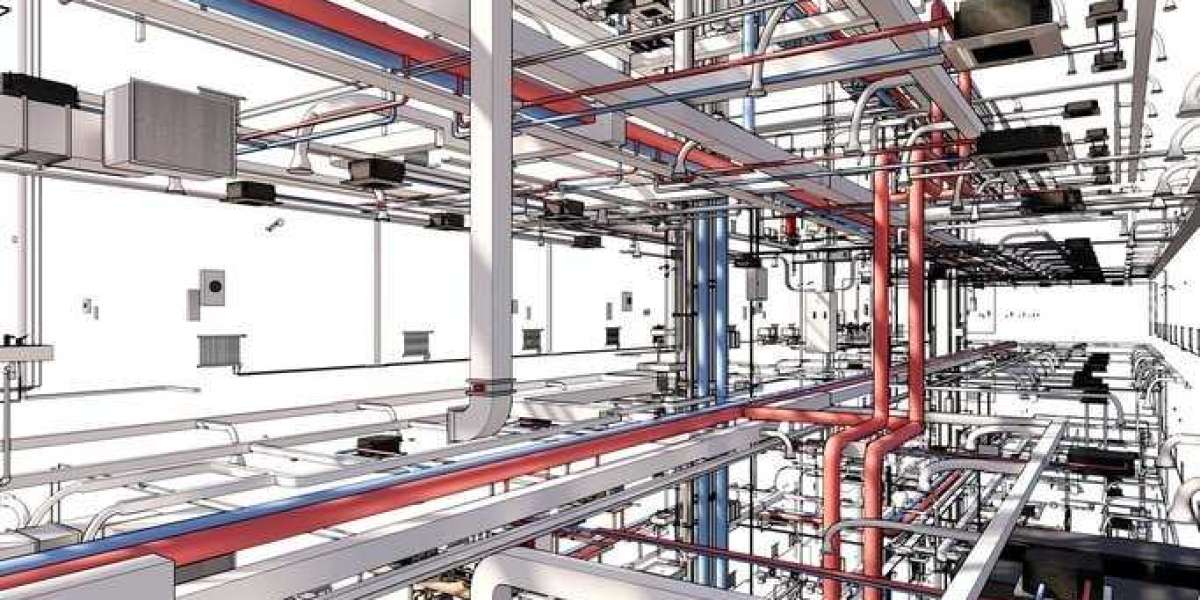Introduction
The field of Mechanical, Electrical, and Plumbing (MEP) drafting has undergone a significant transformation over the past few decades. This evolution, driven by technological advancements, has seen the shift from manual drafting on paper to sophisticated digital tools and software. This article explores the journey of MEP Drafting Services, highlighting the key milestones and the impact of these changes on the industry.
The Era of Manual Drafting
Tools of the Trade
In the early days of MEP drafting, engineers and drafters relied heavily on manual tools such as pencils, T-squares, compasses, and protractors. Blueprints were painstakingly created on large sheets of paper, requiring precision and attention to detail. Mistakes were costly, often necessitating the complete redrawing of plans.

Challenges of Manual Drafting
Manual drafting was labor-intensive and time-consuming. The process was prone to human error, and making revisions was cumbersome. Collaboration among teams was difficult, as sharing physical blueprints often involved mailing copies or in-person meetings. The storage and management of these large paper documents also posed significant logistical challenges.
The Advent of Computer-Aided Design (CAD)
Introduction to CAD
The introduction of Computer-Aided Design (CAD) in the late 20th century marked a significant turning point for MEP drafting. CAD software enabled drafters to create precise digital drawings using computers, significantly improving accuracy and efficiency.
Benefits of CAD
CAD revolutionized the drafting process by providing tools for easy editing, layering, and scaling. This reduced the time required to make changes and allowed for more complex designs. Collaboration became more feasible as digital files could be shared electronically. CAD also facilitated better storage and retrieval of designs, moving away from cumbersome physical archives.
The Rise of Building Information Modeling (BIM)
What is BIM?
Building Information Modeling (BIM) emerged as a game-changer in the 21st century, further advancing MEP drafting services. BIM is a holistic process that involves the creation and management of digital representations of physical and functional characteristics of buildings. Unlike traditional CAD, BIM includes detailed information about the materials, components, and systems used in a project.
Advantages of BIM
BIM offers a range of benefits over traditional CAD. It enhances collaboration among different stakeholders, including architects, engineers, and contractors, by providing a unified platform for all project data. BIM enables better visualization through 3D models, clash detection to identify and resolve conflicts before construction, and improved project management with real-time updates. It also supports lifecycle management, offering insights into maintenance and future renovations.
-
 온라인 카지노 사이트의 세계 탐색
By david
온라인 카지노 사이트의 세계 탐색
By david -
 Приобрести сертификаты о профессиональном обучении
By worksale
Приобрести сертификаты о профессиональном обучении
By worksale -
 Make love and feature genuine satisfaction with elegant Udaipur call ladies
By vicky9680
Make love and feature genuine satisfaction with elegant Udaipur call ladies
By vicky9680 -
 A Symphony of Smiles: All-Age Happiness in the Video Symphony Experience
By worksale
A Symphony of Smiles: All-Age Happiness in the Video Symphony Experience
By worksale -
 Your Trustworthy Haven: Discover Verified and Reliable Online Services
By worksale
Your Trustworthy Haven: Discover Verified and Reliable Online Services
By worksale
